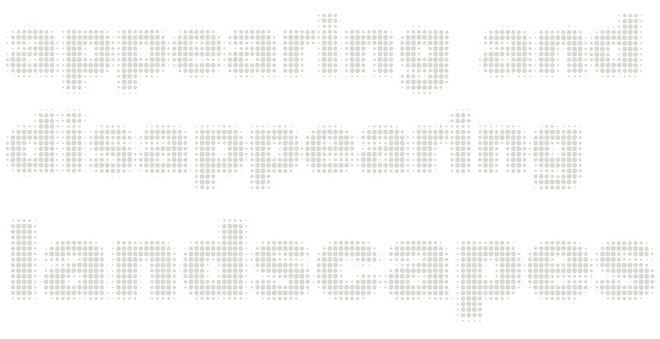
Here are two articles from the Nature Conservation Association and Time community. It is confirmed from the Ministry of the Environment that it will be a windmill park on Hellandsmyr in Time and Hå municipality in High-Jæren. It argued strongly for this decision from the Conservation League because it will affect the cultural and natural landscape, natural resources and individual species that are significant at Jæren.
It's Norwegian Wind Energy A / S that have the project.


Hei Maya
ReplyDeleteThere is a possibility that your search for contemporary projects and thinking may uncover
a structure, or let us say, a system of new attitudes - parts and pieces of the appearing Jæren. Keep on.
Have you done some discoveries on projects related to water also? Or experimental farming?
KED
Hi!
ReplyDeleteI work with different habitats along Jæren into three zones, the sea, the transition between sea and land and land / along rivers and streams. Have also found some information about the German coastal herds along Jæren from World War 2. In this connection, I received a tip that there was an architect who had bought himself a bunker, and built his house in connection with it. Have you heard anything about this?
How climate affects erosion is also very interesting I thought. How erosion can change the landscape. I saw a terrific documentary on nrk of the first climate refugees in Alaska. Wind and sea have a major impact on the land because the ice almost do not exist anymore because of climate change. Them predict that about 200 villages will disappear into the ocean. Do not know how I can post it on the blog. There are a series of several parts called Klima ofre.
Should work on water and experimental agriculture.
Hey Maya
ReplyDeleteWe had a discussion on the changing sealine and I promised you a small text that was very informative for our winning concept in The Nordhavnen Competition in Copenhagen (2008).
Here it comes:
“The implications of this new definition of waterfronts is that they can no longer be seen as narrowly defined terrestrial margins, but rather as fluid Zones, subject to forces and circumstances (…). The littoral Zone is the Zone in which these forces are most actively engaged. We aergue that the future for the contemporary waterfront lies within this rethinking, the opening up of new design possibilities through an understanding of and privileging of the different hydrological forces at work in the littoral Zone…”
From “Littoral machines, how waterfronts becomes coasts”
IFLA 2008 proceedings of the 45th World Congress of The International Federation of Landscape Architects – “Transforming with Water”
Ps This book will soon be in our library